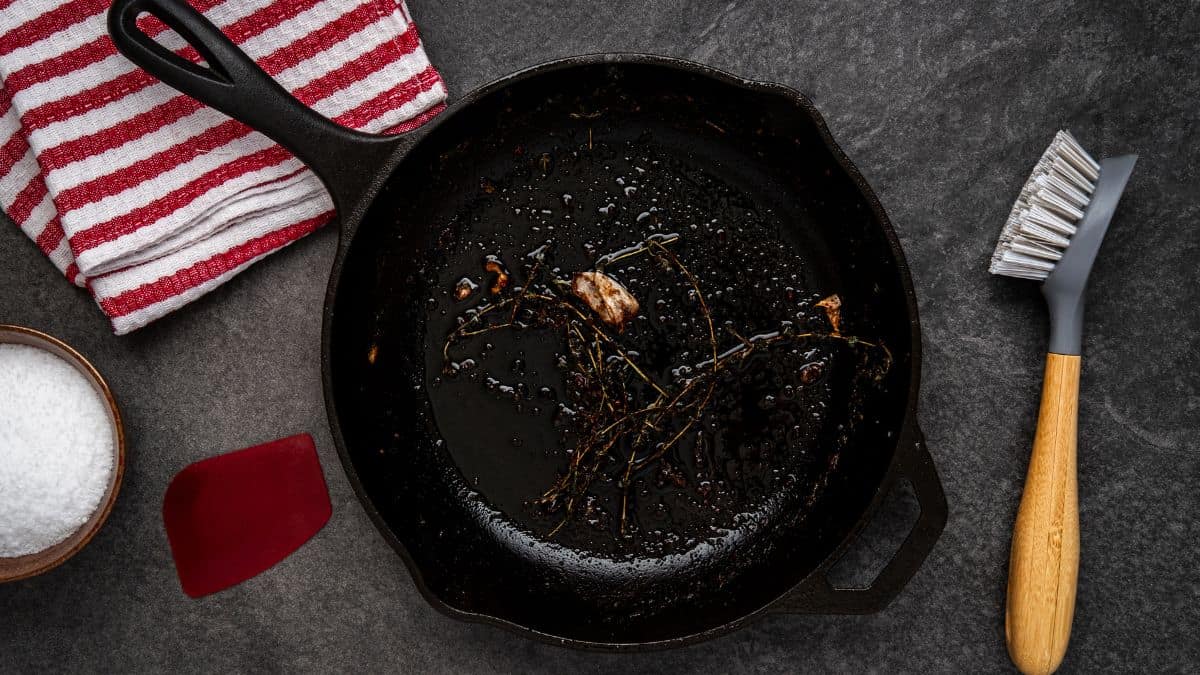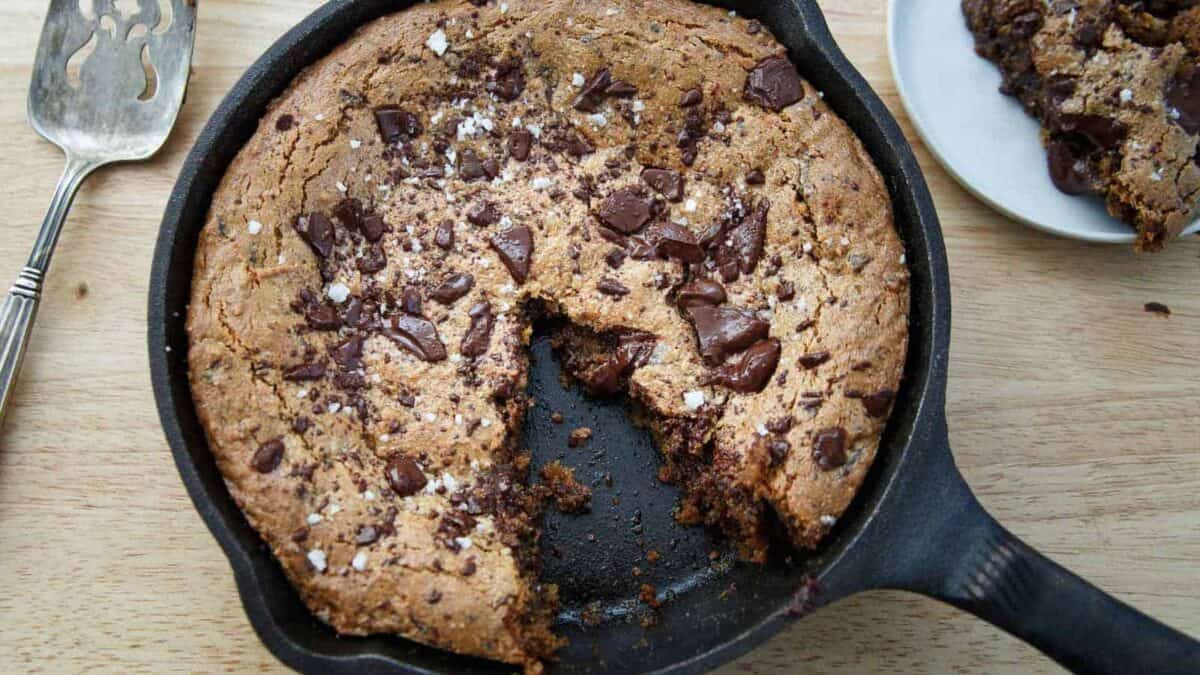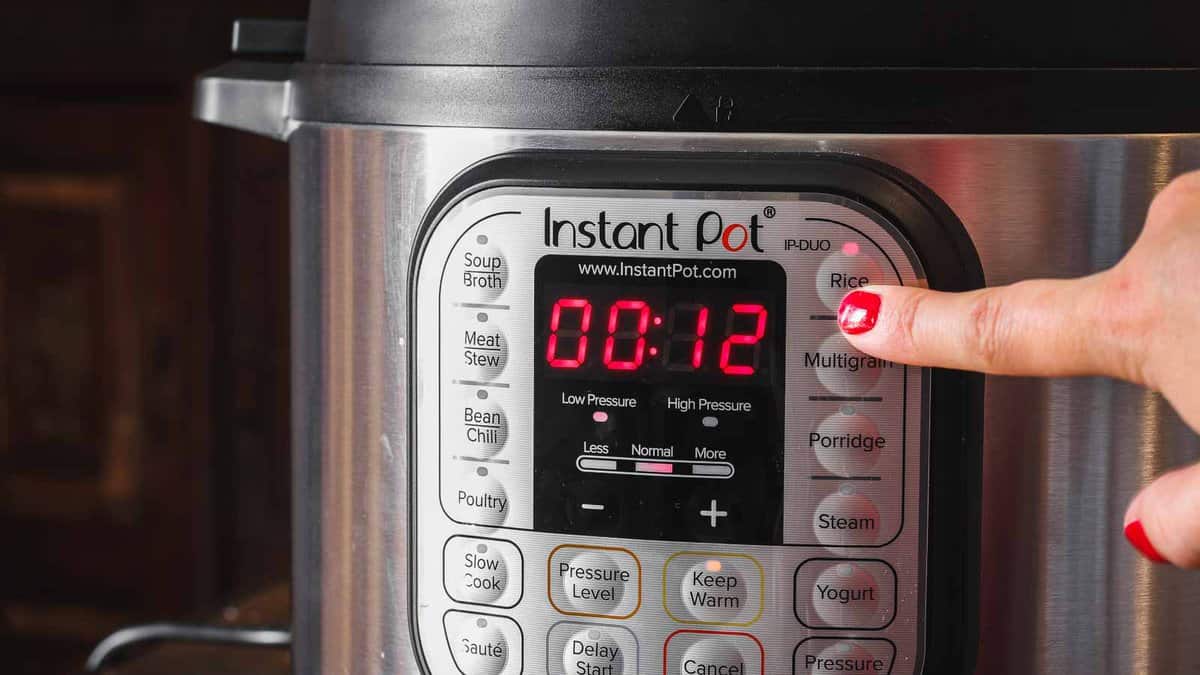Cooking with cast iron has its perks. It heats evenly, holds temperature well, and can last for generations when properly maintained. But it’s not a one-size-fits-all kind of tool. Certain foods can damage the seasoning, leave behind strong flavors, or stick so badly they make cleanup a chore. Knowing what not to cook in cast iron is just as important as knowing what works well. If you want your pan to stay in great shape and your meals to taste the way they should, these are the foods to think twice about before using in your pan.

Acidic Foods

Tomatoes, citrus, vinegar, and wine-based sauces might taste great, but they don’t belong in your cast iron skillet. These high-acid ingredients can break down the seasoning layer that protects the pan and keeps food from sticking. Once that coating starts to wear off, the pan becomes more prone to rust and leaves your food with a faint metallic flavor. If you’re making something like tomato sauce or lemon chicken, it’s better to reach for stainless steel or enameled cookware that doesn’t react to acid.
Delicate Fish

Fish like flounder, tilapia, or cod are too fragile for cast iron’s aggressive surface. Even in a well-seasoned pan, the thin fillets tend to stick, fall apart when flipped, and leave behind bits that burn quickly. You’ll also end up scrubbing off stuck pieces, which is rough on the pan’s seasoning. If you want fish that stays intact and cooks evenly, a non-stick or ceramic skillet is a safer and less frustrating choice.
Desserts

Cast iron can technically handle desserts, but it’s not always the best tool for the job, especially if your pan sees a lot of savory action. Baked sweets like cookies, cakes, or cornbread are porous and pick up flavors easily. That means last night’s garlic, onion, or cumin might sneak into your brownies. If you’re set on using cast iron for baking, keep one skillet dedicated to sweets only, or be ready to thoroughly re-season it after each use.
Eggs

Eggs can be one of the trickiest foods to cook in cast iron. Unless your pan is extremely well-seasoned and heated properly, eggs are likely to stick, fall apart, and make you question why you even tried. For reliably easy cleanup and less stress over torn yolks, it’s worth using a non-stick skillet, especially if you’re cooking eggs often.
Delicate Sauces

Sauces like hollandaise or béarnaise need precision and a stable cooking surface. Cast iron holds heat well but not evenly, and it reacts with acidic ingredients: two things that make it a poor fit for these kinds of recipes. If your sauce breaks or turns out tasting off, it’s likely because the iron altered the flavor or the heat wasn’t consistent enough. Stick with stainless steel or glass for better control and cleaner flavor.
Smelly Foods

Garlic, onions, and spicy peppers taste great but leave behind stubborn smells that can stick to your cast iron even after a good cleaning. Those leftover scents show up in unexpected ways like garlic-scented pancakes or cinnamon rolls with a chili aftertaste. If you cook a lot of strongly flavored dishes, consider using a separate skillet or doing a deep clean and re-season after particularly pungent meals.
Sticky Sauces

Sugary barbecue sauce and glazes tend to caramelize fast in cast iron, especially at high heat. That can mean a sticky, burned mess that’s hard to clean without scrubbing down your seasoning. It might taste good, but it’ll leave your pan worse for wear. When working with anything sweet and sticky, you’re better off using a non-stick pan or a baking dish where you don’t have to worry about ruining your seasoning.
Cheese

Melted cheese might sound like a great idea in cast iron—until it cools and hardens into a glue-like crust. Once it sticks, it’s not coming off without a fight, and the more you scrub, the more damage you do to your pan’s finish. Even something simple like a grilled cheese can leave you regretting it. For gooey, melty dishes, go with ceramic or a non-stick pan that won’t hold a grudge after cleanup.
10 Unexpected Ways To Use Your Instant Pot

The Instant Pot is a game-changer in the kitchen, but it’s not just for quick dinners. This versatile tool can handle a variety of tasks you might not have thought of, saving you time and effort. Whether you’re into DIY projects or looking to add some flair to your meals, there are plenty of creative uses for the pressure cooker that took kitchens by storm a few years ago.
Read it Here: 10 Unexpected Ways To Use Your Instant Pot
10 Ways Your Cooking Habits Are Making You Sick

We all enjoy a good home-cooked meal, but sometimes our kitchen routines can work against us. Without even realizing it, certain habits might be putting our health at risk. It’s not just about what you cook, but how you cook it. Things you do every day might be the culprit but the good news is they’re easy enough to identify and change once you know.
Read it Here: 10 Ways Your Cooking Habits Are Making You Sick
*Select images provided by Depositphotos.
Gina Matsoukas is an AP syndicated writer. She is the founder, photographer and recipe developer of Running to the Kitchen — a food website focused on providing healthy, wholesome recipes using fresh and seasonal ingredients. Her work has been featured in numerous media outlets both digital and print, including MSN, Huffington post, Buzzfeed, Women’s Health and Food Network.








